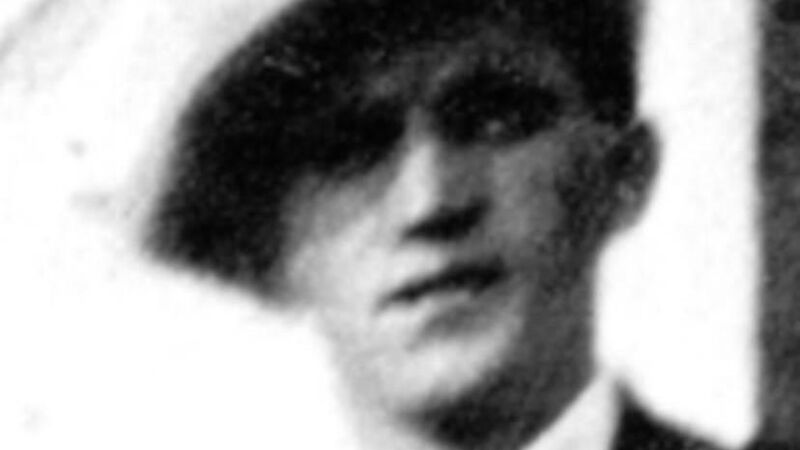Mountjoy to be dug in search for remains of prisoners

Harry Gleeson: A search for the remains of the country’s only person to be given a posthumous pardon is to recommence.
Mountjoy Prison is set to be dug up early in the new year, after a team of archaeologists was enlisted to help find the remains of prisoners executed in the jail as far back as 1870.
ARC Forensics Ltd won the contract from the Irish Prison Service (IPS) to conduct the work, with excavations set to begin as “early as possible in 2024”, the IPS said.
A key focus for the work is to find and identify the remains of Henry (Harry) Gleeson, who became the first man in the history of the State to be given a posthumous pardon when President Michael D Higgins signed the order exonerating him in 2015.
Mr Gleeson was hanged on April 23, 1941, after his conviction of the murder of Mary McCarthy. The single mother of seven children was found dead in a field on Mr Gleeson’s uncle’s farm in Tipperary. He had maintained his innocence throughout.
reported that his barrister Seán MacBride was so convinced that Mr Gleeson hadn’t committed the crime that he campaigned for the abolition of capital punishment in the wake of the case. A petition pleading for a reprieve signed by 7,000 people also fell on deaf ears.
At the time, the reported that Mr Gleeson was hanged by Albert Pierrepoint, the most prolific British hangman of the 20th century. Carrying the headline “Penalty Paid”, the report said: “Only about 20 people were outside the prison as the hour of 8 o’clock approached. Shortly after the execution had taken place a notice to that effect was posted outside the gate by a warder.
“Gleeson was attended by two prison chaplains (ev. Dr McNevin and Rev Dr Kelly, of Clonliffe College, who remained with him to the end.”
Test excavations were conducted at Mountjoy Prison on Dublin’s north side in the wake of Mr Gleeson’s pardon. A total of six spots within the area of the north wall of the prison were checked and 29 individuals deemed to be buried at this location were identified.
A report in 2019 by archaeological consultants said the burials identified there were “in good condition with varying preservation rates of coffin wood”.
“Consequently, the potential for identifying a high proportion, if not all, of the 29 individuals buried at this location, within the untested areas, is high,” it said.
These excavations will focus on 29 people executed between 1923 and 1954. Most of them took place in the 1920s, with William O’Neill the youngest of this cohort at just 19 years of age when he was executed on December 29, 1927.
Of the 46 people executed at this time, only one woman was among them — Annie Walsh — who was executed in 1925 for the murder of her husband.
Michael Manning, the last person to be executed by the Irish State, was hanged in Mountjoy on April 20, 1954.
A further four prisoners executed prior to the foundation of the State may also be located at the same site.
The Department of Justice and Irish Prison Service said the purpose of the planned excavations, set to last around 31 weeks, is to locate the remains of Mr Gleeson and return them to his family for reburial and to exhume any other human remains discovered on-site for reburial “at a more appropriate location”.
The potential area for the bodies to be buried covers 1,170 square metres.
“There are no records to indicate the precise burial spot for Mr Gleeson or indeed any of the other people executed,” they said. “In the absence of a ‘burial register’ there is very little information about the depth, orientation or density of the graves of the executed prisoners whose remains lie within this area.” As it is a working prison, strict protocols will have to be adhered to while the works are ongoing, the Irish Prison Service added.
A spokesperson for the Irish Prison Service said: “Following a tender process the contract for forensic archaeology services was awarded to ARC Forensics Limited. It is intended to commence excavation as early as possible in 2024.
“Preparatory work has continued during this period, including research and review to improve the prospects of identification of remains recovered in the course of excavations.”









